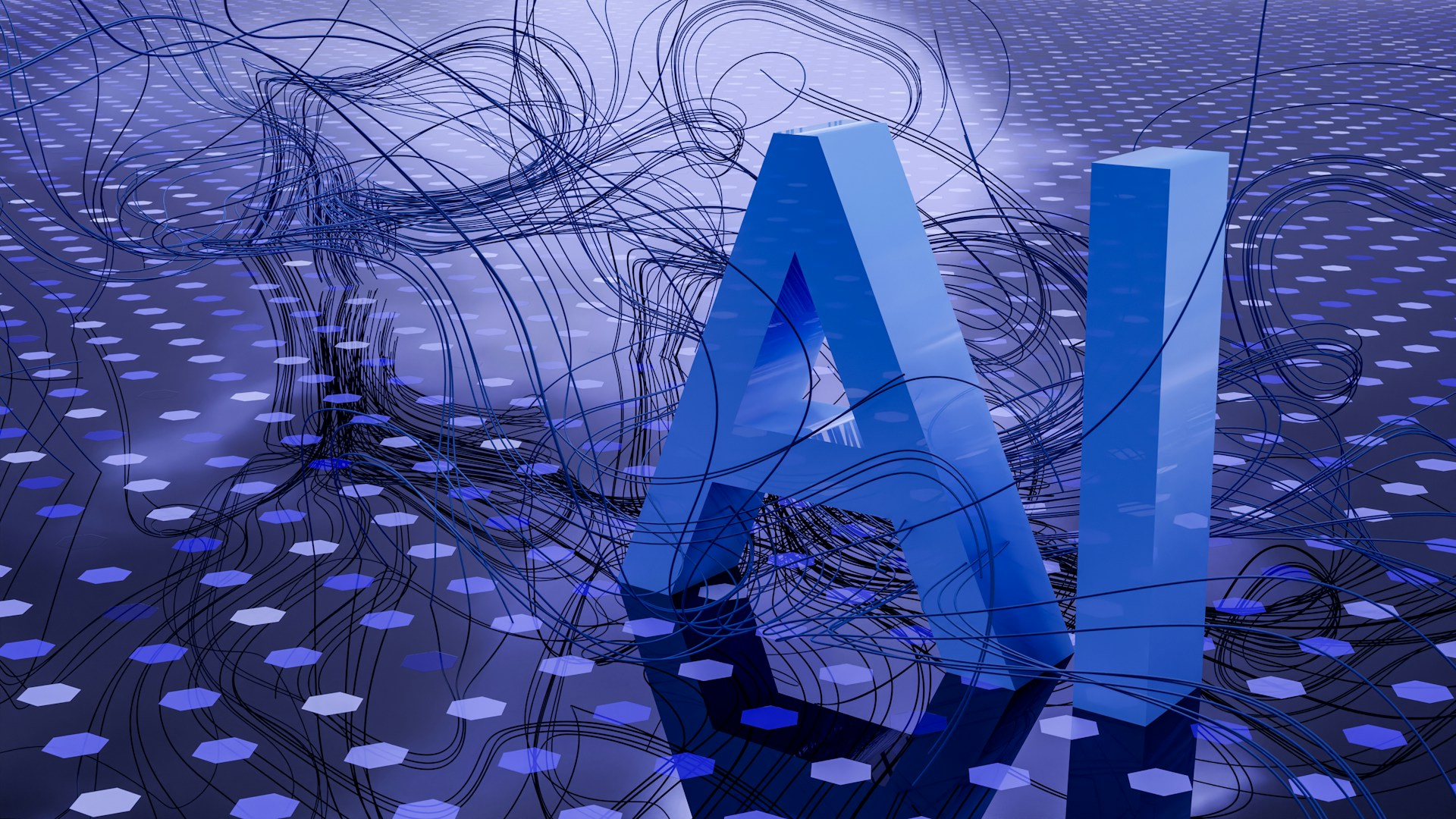
Creative professionals across entertainment, marketing, and media are establishing new working relationships with artificial intelligence (AI), using technology to enhance rather than replace human creativity.
The Bread and Circuses survey found 75% of creators use AI for less than 25% of their work, primarily for research, brainstorming, and editing tasks. The research shows this careful approach across multiple industries.
“ChatGPT helps me outline content I plan to write. I sometimes use it for research. And once in a while, it helps me streamline processes,” one respondent noted.
Only 20% of creators feel “excited and optimistic” about AI, while 80% express more nuanced feelings ranging from “cautiously optimistic” to “somewhat anxious”. Over 40% believe their role will evolve but remain essential, while less than 4% fear complete replacement.
ChatGPT dominates as a tool across creative fields, according to Bread’s survey. Visual artists prefer specialized tools like Midjourney, while audio creators use ElevenLabs.
Many creatives are still cautious about investing financially in AI. About 43% of creators limit monthly AI tool spending to under $25, with only 24% investing more than $50 monthly.
Transparency rules vary widely. Only 18% of creators always tell clients about AI use, while 43% mention it only for specific tasks. Entertainment unions increasingly require clear permission and payment when AI assists with creative work.
This selective integration appears across multiple creative sectors. Screen Actors Guild-American Federation of Television and Radio Artists (SAG-AFTRA) recently entered agreements ensuring performers retain “full control over their AI voice models, including fully informed consent and fair minimum compensation.”
“We don’t want to stop innovation; we want to be part of guiding it,” stated Duncan Crabtree-Ireland from SAG-AFTRA.
Entertainment companies are implementing AI strategically. Disney used AI for facial mapping in “The Mandalorian” to recreate younger versions of characters. Marvel’s “Secret Invasion” incorporated AI-generated art intentionally to create unsettling visuals matching the show’s theme.
Musicians describe AI as a creative partner. “When I hit a creative block, AI becomes my co-writer,” one indie producer explained to Technology.org. Platforms like Mubert enable real-time track generation, but artists maintain creative control over final compositions.
The advertising world sees similar changes. Another study of 300 industry leaders found creative workers now sell their thinking skills as the main product. AI handles the technical work.
“Clients are starting to ask for a review of the fees, thinking that AI could do the work of creatives,” noted a Barcelona-based creative leader in the D&AD research.
However, quality assurance remains a primary concern. Academic research warns that AI integration “raises concerns regarding originality, authenticity, and the role of human creators.” Entertainment industry professionals worry about over-reliance leading to homogenized content.
Some productions demonstrate AI’s limitations. “The Frost,” made entirely with AI images, forced directors to accept the technology’s “creepy aesthetic.” The director admitted AI “can struggle to get certain things from DALL-E, like emotional responses in faces.”
The survey’s findings suggest a creative workforce adapting strategically rather than being displaced. Creative professionals are setting boundaries that protect human creativity while capturing AI benefits. This approach may guide other industries facing similar technological change.
